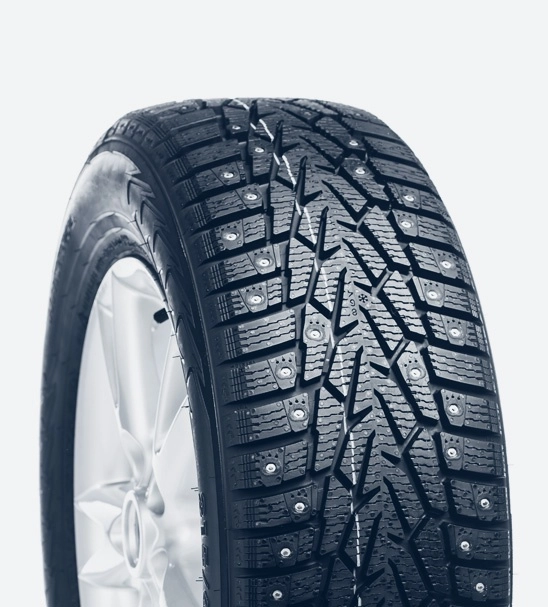o ring x ring
The Importance of O-Rings and X-Rings in Modern Engineering
In the world of mechanical engineering, the significance of sealing solutions cannot be overstated. Among the various sealing components available, O-rings and X-rings (sometimes referred to as quad rings) hold a prominent place due to their effectiveness and versatility. These components play critical roles in ensuring the integrity and efficiency of machinery across various industries, from automotive to aerospace.
Understanding O-Rings
An O-ring is a circular sealing component typically made of elastomeric materials like rubber, silicone, or polyurethane. The simplicity of its design—a looped ring with a uniform cross-section—renders it remarkably effective for preventing leakage of fluids or gases. O-rings are utilized in a myriad of applications, such as hydraulic systems, pneumatic systems, and even household appliances.
O-rings work by compressing between two surfaces, creating a seal that prevents the passage of media. The material characteristics and design also allow for the O-rings to accommodate varying pressures and temperatures. Their widespread applicability can be attributed to their cost-effectiveness, ease of installation, and maintenance.
The Advantages of X-Rings
X-rings, or quad rings, take the concept of O-rings a step further. They have a unique four-lobed design that enables them to provide a more reliable seal than traditional O-rings in some applications. This additional lobing enhances the sealing surface, which helps in distributing pressure more evenly and reducing wear. As a result, X-rings tend to have a longer lifespan, especially in dynamic applications where movement is involved.
Furthermore, the geometry of X-rings allows for reduced friction during operation, which significantly enhances the efficiency of machinery. They are particularly useful in hydraulic systems, where maintaining pressure and preventing leaks are crucial. Additionally, their design is less prone to twisting during installation, minimizing the risk of damaging the seal.
Performance in Different Environments
Both O-rings and X-rings are available in a variety of materials, which can be tailored to suit specific environmental conditions. For instance, materials can be chosen based on their resistance to chemicals, temperature extremes, or exposure to weather elements. Silicone O-rings are often used in applications involving high temperatures, while fluorocarbon O-rings are ideal for chemical resistance.
o ring x ring

In environments where space is limited, X-rings can be more advantageous due to their adaptability in tight spaces. Their shape can help reduce the need for excessive pressure on sealing surfaces, thereby reducing the risk of damage to both the seal and the components it protects.
Challenges and Considerations
While both O-rings and X-rings are highly effective, engineers must consider several factors when selecting between the two. The application load, temperature, pressure, and the nature of the fluid or gas being sealed are essential elements that influence the choice of sealing solutions.
The installation process must also be approached with care. Even the best O-ring or X-ring will fail if it is not installed correctly, as improper installation can lead to deformation and loss of sealing efficacy. Engineers often utilize tools and techniques to ensure that seals are installed without twists or kinks.
The Future of Sealing Technology
As technology continues to evolve, so does the development of sealing solutions. Innovations in materials will likely enhance the performance and durability of O-rings and X-rings even further. Additionally, there is growing interest in hybrid seals that can combine the benefits of different sealing designs for specific applications.
The future may also see advancements in smart materials that can provide real-time feedback on the performance of seals, allowing for proactive maintenance and enhanced reliability in critical applications.
Conclusion
In summary, O-rings and X-rings are indispensable components in the realm of mechanical sealing. Their ability to prevent leaks in various applications, combined with their adaptability to different environments, makes them vital in modern engineering. Understanding the strengths and applications of each type of ring is crucial for engineers looking to optimize the performance of their systems. By leveraging the unique advantages of O-rings and X-rings, industries can achieve greater operational efficiency and reliability in their machinery. As advancements in material science and engineering continue, the future looks promising for sealing technologies.
-
Understanding the Front Main Engine Seal: Purpose, Maintenance, and Installation
News Jul.29,2025
-
Understanding O-Rings and Seal Rings: Types, Applications, and Custom Solutions
News Jul.29,2025
-
Understanding Crankshaft Oil Seals: Rear Seals, Pulley Seals, and Their Role in Engine Integrity
News Jul.29,2025
-
The Importance of Front and Rear Crankshaft Seals in Engine Performance and Oil Management
News Jul.29,2025
-
Crank Oil Seals: Functions, Types, and Cost Considerations in Engine Maintenance
News Jul.29,2025
-
A Comprehensive Guide to O-Rings and Seals: Types, Materials, and Global Applications
News Jul.29,2025
-
Mastering Diesel and Performance Engine Maintenance: A Guide to Critical Oil Gaskets
News Jul.28,2025
Products categories















